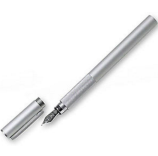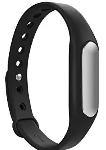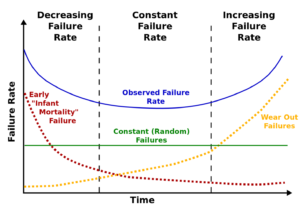From 2005 to 2014, Intellectual Property Today magazine served the IP community by providing toteboards ranking US patent and trademark firms according to the number of patents and trademarks obtained for clients each year.
The Ant-Like Persistence blog now carries on this tradition. Here are the 2015 US toteboards. You can see:
You can also see previous US Design Patent Toteboards for 2014, 2013, and 2012.
These toteboards rely upon reported numbers from patent and trademark firms. Unfortunately, not all patent and trademark firms reported their numbers, which doubtless left some omissions in the rankings. For the utility and design patent toteboards, we were able to carry out searches on a USPTO database to remedy some of the omissions. As for US trademark registrations, however, it is not easy to carry out searches by trademark firm. So there are probably more omissions in that toteboard.
Hopefully by next year most patent and trademark firms will be aware of these toteboards and will report their numbers.
If your firm did not respond and is not listed in these 2015 toteboards, feel free to post a comment below with your firm’s totals for 2015 and, if you like, the approximate ranking that you think would have resulted for your firm.




